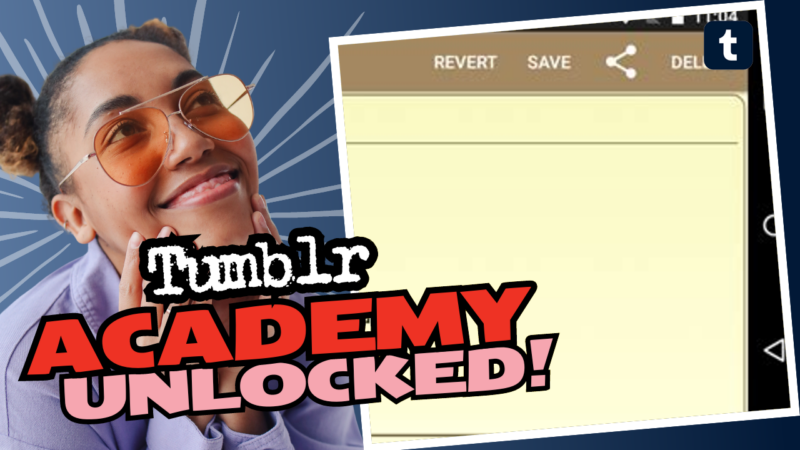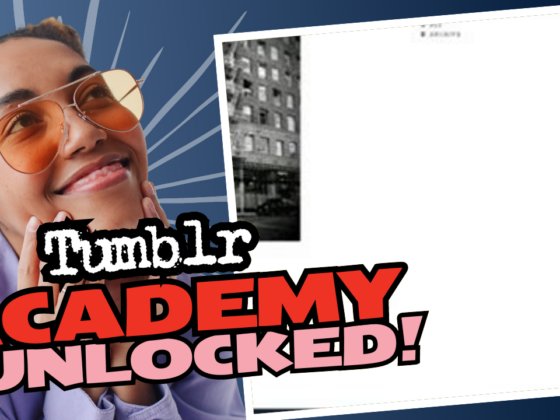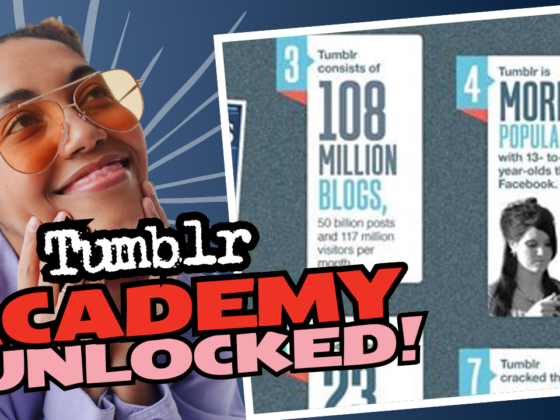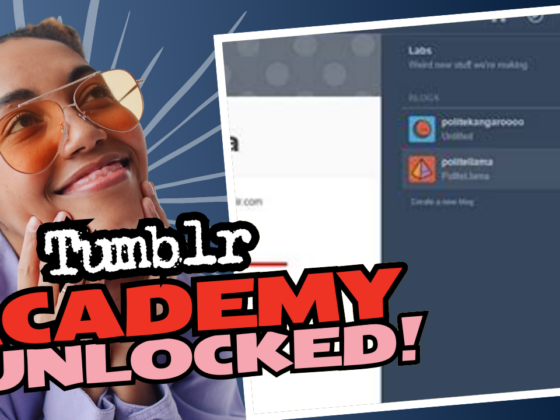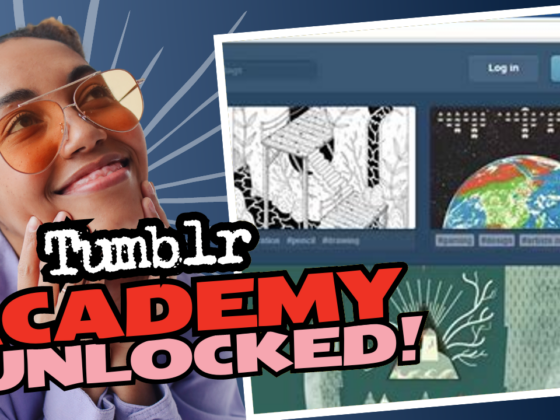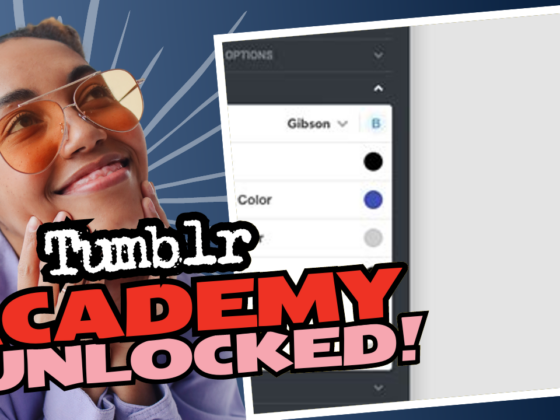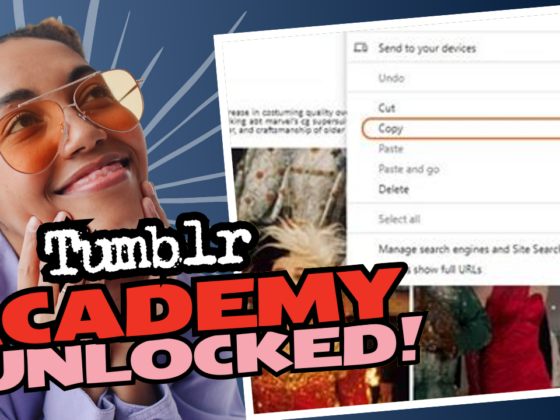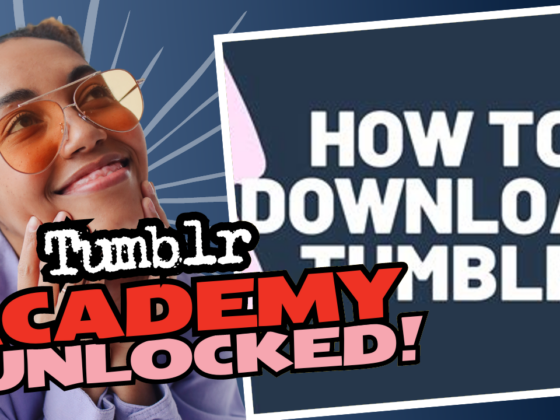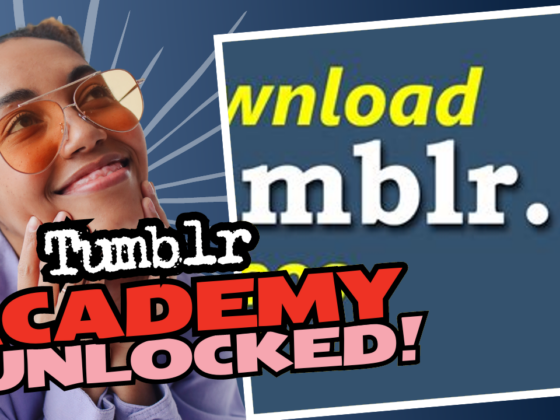Can You Change Text Alignment in Tumblr? Let’s Dive In!
You may be wondering if you can change the alignment of your text on Tumblr. Spoiler alert: you totally can! But hold your horses before hopping on the justification bandwagon. Why? Because while it’s technically possible to align text in various ways, doing so can swiftly turn your beautifully crafted content into a jumble of nonsensical lines that could put even the most patient reader to sleep. So, let’s break it down in this playful and casual guide, shall we?
Why Text Alignment Matters
Text alignment may seem like a simple cosmetic choice, but it has a significant impact on readability.
Whether you’re a blogging wizard sharing your wizardry or a meme master with the world’s greatest gifs, you want your audience to actually read what you have to say. Here’s the deal: the way your text aligns can either enhance or hinder the reading experience, and nobody, and I mean nobody, enjoys squinting at awkwardly spaced text that feels like a cryptic puzzle. So, let’s dig a little deeper into alignment types: left, center, right, and justified, plus when you should use them (or more importantly, when you shouldn’t!).
Alignment Types: The Good, Bad, and Ugly
| Alignment Type | When to Use | When to Avoid |
|---|---|---|
| Left-aligned | Most of the time! | Never |
| Center-aligned | Short headings, quotes, and special occasions like your birthday invitation | Long paragraphs of text! |
| Right-aligned | Rarely, unless you want to give your readers a headache | Let’s make this clear: very long text! |
| Justified | Only if you have a compelling reason (and even then, think twice) | Online articles, blog posts, anywhere with dynamic text |
Left Alignment: The Clear Winner
Stick with left alignment. Seriously, it’s the de facto choice for readability and is the preferred alignment for most online content. It allows for smooth reading without unexpected gaps or awkwardly spaced text that could make readers throw their devices out of the window, I mean seriously, no one wants that. Just keep it left-aligned like the reliable friend you can always count on!
Center Alignment: The Champagne of Alignment
Center alignment can be a fun, somewhat fancy option when used sparingly—think short titles or inspirational quotes. It creates a nice visual appeal but doesn’t work for long or detailed text. Using center alignment too often is like showing up to a casual get-together in a tuxedo; it’s delightful at first but quickly turns into a confusing mess of formality. So, save it for when the occasion calls for it!
Right Alignment: The Mischievous Cousin
Right alignment is like that distant relative you only see during family reunions – best avoided unless absolutely necessary. It has very limited cases of usage and often looks weird for any substantial amount of text. In web content, right-aligned text can distract the reader, making them feel like they’re trying to read your posts in a funhouse mirror. So keep it simple; let left alignment be your go-to!
Justified Alignment: The Controversial Choice
Ah, justified text. The argument starter at every typography conference and the bane of many a web designer’s existence. Initially, justified text may seem appealing—creating clean edges on both sides—but it’s like a double-edged sword. Justified alignment often leads to uneven spacing between words, which can disrupt the flow and reading experience. In essence, it demands to be handled with extreme caution!
Here’s the lowdown: justified text can create significant whitespace issues. When your words are squished together, only to be randomly spaced apart on the next line, it can feel like a bad jigsaw puzzle. And as noted in dozens of resources (like a key referral, Butterick’s Practical Typography), people often find it much harder to read justified text when it’s online due to different screen sizes and dynamic formatting. You don’t want the last thing on your blog to become an epic battle of wits between your audience and their scrolling finger!
The Complications of Justification
Web browsers handle text differently than professional tools like Adobe InDesign. You have less control over how your text is justified, leading to unity issues when users zoom in, change font sizes, or navigate through your blog on their phone. Let’s take a moment to appreciate the sophisticated tools used in book and print publishing that control spacing with pinpoint precision. Unfortunately, you won’t have this luxury on the web.
“Justification is best left to the printing press, not the digital world. Please, for all that is holy, do not use justify.”
Making Alignment Changes on Tumblr
If you’re adamant about trying out different alignments and you’re still wondering how to change the alignment of text on Tumblr, here’s how to do it:
- Log In to Your Tumblr Account: That’s right; let’s get started by logging in to your trusty blog.
- Edit Your Post: Open up the post where you’d like to change the text alignment. (Pro tip: don’t get too fancy here!)
- Access the HTML Editor: Click on ‘Edit HTML’ to gain direct access to the coding realm of your post.
- Find the Text: Once you’re in the HTML editor, locate the section of text you wish to format.
- Change the Alignment: Wrap your text in <p style=”text-align:left;”> for left alignment or <p style=”text-align:center;”> for center alignment as you wish! (Right is tricky, and justified is just a bad idea, so we’re going to pretend those are just myths.)
- Save Your Changes: Click ‘Update’ or ‘Save’ to lock in your changes, and view it to see how your alignment looks. (Hopefully, it’s not a train wreck!)
Considerations for Better Readability
Time to whip out some additional tips for improving whatever alignment you choose:
- Mainly use left alignment for the bulk of your text. Your readers will thank you for it!
- Think about your audience: What aligns with their expectations? Stick to their expectations; no need to reinvent the wheel!
- Use line breaks wisely: Breaking things up into paragraphs can help your readers feel far less overwhelmed. Give them some breathing room for goodness’ sake!
- Keep sentences concise – ideally no longer than 65 characters! Why? Because longer sentences tend to confuse and frustrate readers. You don’t want that!
- Always proofread: Because any alignment changes can confuse your readers, which just makes things harder (especially if your texts turn out to be misaligned). Spot check for readability, single line breaks, and that there are no broken thoughts!
Final Thoughts on Alignment Choices
Changing the alignment in Tumblr is doable, but proceed with caution. While it may make your blog look chic and trendy, remember that what looks good isn’t always good for reading. To be perfectly blunt: just stick with left alignment for most of your content, sprinkle in some center alignment occasionally, and steer clear from justified! Fonts and formats exist to make your content delectable for the audience’s eyes. Play around with the other options wisely—it’s not just about flamboyance!
So there you have it! Whether you choose to embrace left, center, right, or even the controversial justified alignment, stay true to legibility and your audience’s readability experience. Happy blogging on Tumblr! 🥳

